Month: March 2020
What are the Ethics of Outdoor Recreation While We’re Sheltering in Place?
Are you doing anything outdoors these days? Adventure Journal https://www.adventure-journal.com/2020/03/what-are-the-ethics-of-outdoor-recreation-while-were-sheltering-in-place/
What’s the Best Rain Jacket You Can Buy?
Once and for all an answer to the question that keeps you up at night. Adventure Journal https://www.adventure-journal.com/2020/03/whats-the-best-rain-jacket-you-can-buy/
We’re All Just Navigating Rapids Now
A beautiful look at the life of a professional river guide in the Grand seems very on point for these times. Adventure Journal https://www.adventure-journal.com/2020/03/were-all-just-navigating-rapids-now/
Buckingham Palace: The Queen’s London residence
Take our tour of London’s grandest royal residences and you might even catch a glimpse of Her Majesty at home
WORDS MARTHA ALEXANDER
London is a city with such a glut of royal buildings, parks and monuments that knowing where to begin exploring can be a challenge for a newcomer. We recommend starting at St James’s Palace. This is, after all, the most senior royal palace in the United Kingdom. Located in the City of Westminster it is currently the ceremonial meeting place of the Accession Council and the London residence of several minor members of the royal family.
King Henry VIII
Built by King Henry VIII between 1531 and 1536 on a rather unappealing site – a former leper hospital in the name of St James the Less – St James’s Palace was to be a place of retreat while court was at Whitehall Palace.
The structure has changed a great deal since the 16th century, but the redbrick Tudor gatehouse remains, as do two rooms in the State Apartments and the Chapel Royal, which still holds services to which the public are occasionally admitted. Built in honour of King Henry VIII’s fourth marriage to Anne of Cleves, the chapel was decorated by Hans Holbein. It was here Queen Elizabeth I took sanctuary during the Spanish Armada, praying for the successful defence of her country. King Charles I received his last holy communion in the Chapel Royal, spending his final night in the palace before his execution.
Clarence House
Just around the corner is Clarence House: four storeys of pale stucco designed by Regency architect John Nash between 1825 and 1827 for the Duke of Clarence, the future King William IV. It was home to HM the Queen following her marriage to the Duke of Edinburgh, when she was still Princess Elizabeth. It has since been home to the Queen Mother and is now the home of TRH the Prince of Wales and Duchess of Cornwall.
Clarence House is usually open to the public in August. Visitors can explore the garden as well as five rooms on the ground floor, which include paintings from the Queen Mother’s collection of major 20th-century British artists, such as Augustus John and Graham Sutherland.
From here you can step onto The Mall and walk westwards towards Buckingham Palace to take in the full scale of this world-famous building. Pause on the way to consider that there is a network of tunnels running directly beneath you, connecting Buckingham Palace to both Clarence House and the Houses of Parliament, though there is no secret royal tube line running underneath as some people like to suggest.
Flags flying
If you want to know whether Her Majesty is home during your visit, look out for the Union Flag flying over the palace – a sign that the Queen is not in residence. Ideally, time your visit to coincide with Changing the Guard – a ceremony during which one regiment of soldiers who guard the palace take over from another. This iconic spectacle takes place every day (or every other day in winter months) at 11.30am. It is a reminder that this is a fully operational building, where numerous receptions are held year-round. It is at Buckingham Palace that the Queen and the current prime minister, Theresa May,
have weekly meetings.
Every August and September the 19 State Rooms are open to the public. Unless you have visited yourself, it is hard to overstate the vastness of Buckingham Palace. It is home to 800 staff, including a clockmaker. At night the palace is lit by 40,000 light bulbs. The garden is the same size as four Wembley Stadiums. There’s even an on-site doctor’s surgery and an ATM for use by the royals only.
However, despite its scale, Buckingham Palace is a family home. It is from the balcony that newly married royals wave to crowds of noisy well wishers. The Queen gave birth to both Prince Charles and Prince Andrew here, and all royal births and deaths are announced in writing on notices fastened to the palace’s front railings.
Buckingham House
Buckingham Palace began its life as Buckingham House – bought in 1761 for Queen Charlotte by her husband King George III. His son and heir, George IV, began its transformation into a palace in 1820, spending a fortune to double the size of the building. Alas, he died before the work was completed. It wasn’t until Queen Victoria took up residence in 1837 a monarch actually lived in Buckingham Palace. However, more changes to the structure were soon afoot: despite its scale, it was deemed unsuitable for children or visitors, with no nurseries and too few guest rooms. And so, it was extended again, which is why the palace is an amalgamation of styles born of necessity and taste, rather than a classically coherent building. During your visit, don’t forget to pop into the Queen’s Gallery, which holds temporary exhibitions of paintings from the Royal Collection.
Hyde Park
From the palace, head north through Green Park and into Hyde Park – being sure to take in the splendid Albert Memorial – and on to Kensington Palace. This is where the Duke and Duchess of Cambridge set up home after their marriage and the Queen’s younger sister Princess Margaret and her husband, society photographer Lord Snowdon, hosted parties with fashionable guests such as The Beatles and Elizabeth Taylor. And it is also where Diana, Princess of Wales, lived before her death in 1997. The palace became a shrine to “the People’s Princess”, and a photographic portrait of her hangs inside the entrance.
Sitting, as it does, in the heart of Hyde Park, it’s hard to imagine that this stately palace was merely a large Jacobean house in what was once the small village of Kensington. Much like Buckingham Palace, Kensington Palace has been created in piecemeal fashion. In 1689 King William III and Queen Mary II – the only couple in history to reign jointly – hired Sir Christopher Wren to work his magic on the building and wings were added to reflect the couple’s royal status. Kensington Palace was a particularly significant place for Queen Victoria, who was born and raised here. It was here, in 1837, the 18-year-old princess was woken and told that she was now the Queen.
Queen Victoria
The palace is home to a permanent exhibition, Victoria Revealed, which showcases her clothes, toys, photographs and paintings. A highlight is Victoria’s wedding dress, as well as an intimate portrait of her by Franz Winterhalter. With her hair loose and shoulders bared, this was made exclusively for Prince Albert and was extraordinarily risqué by the standards of the day. Finish in true regal fashion by admiring Queen Anne’s gardens from the Orangery restaurant with a cup of tea and a slice of cake.
The post Buckingham Palace: The Queen’s London residence appeared first on Britain Magazine | The official magazine of Visit Britain | Best of British History, Royal Family,Travel and Culture.
Britain Magazine | The official magazine of Visit Britain | Best of British History, Royal Family,Travel and Culture https://www.britain-magazine.com/features/inspiration/buckingham-palace-london/
There’s a Catch, But You Can Now Buy An Awesome, All-Electric 1966 VW Bus
A 1966 VW Bus that can cruise at 80 mph and is fully electric? Okay, we’re listening. Adventure Journal https://www.adventure-journal.com/2020/03/theres-a-catch-but-you-can-now-buy-an-awesome-all-electric-1966-vw-bus/
Do, Um, Knot Miss This Chance to Become an Outdoor Knot Master
“If you don’t know a knot, just tie a lot,” need no longer apply to anyone. Adventure Journal https://www.adventure-journal.com/2020/03/do-um-knot-miss-this-chance-to-become-an-outdoor-knot-master/
There Are Never Any Lines at the Highest Post Office on Earth
Neither snow, nor rain, nor lung-searing altitude. Adventure Journal https://www.adventure-journal.com/2020/03/there-are-never-any-lines-at-the-highest-post-office-on-earth/
Flowers are springing up all over Britain
Spring is here, so here’s a selection of Britain’s beautiful plants, trees and flowers that you can expect to see soon
From cherry blossoms and daffodils to bracken, bluebells and snowdrops, Britain is home to an abundance of plant life, all of which looks especially good at this time of year. And with the world famous Chelsea Flower Show next month, there’s never been a better time to appreciate the nation’s plant life.
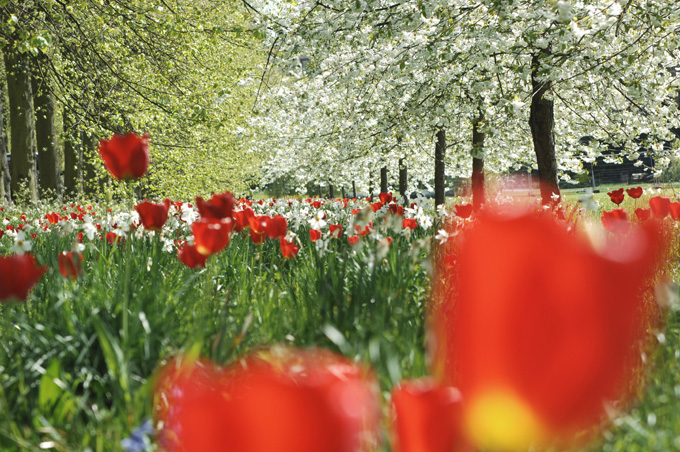
All images ©VisitBritain
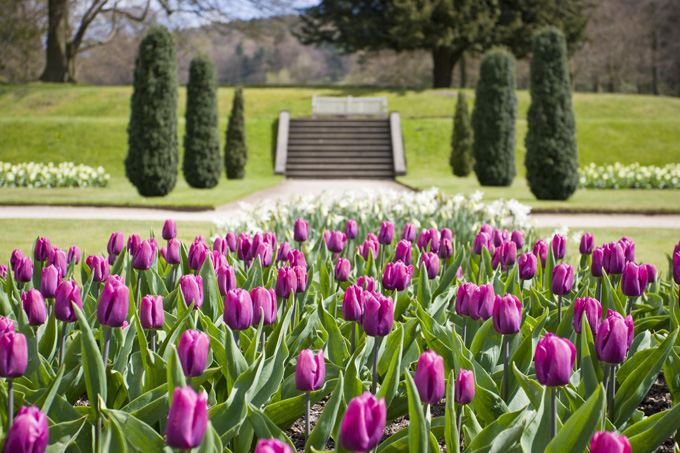
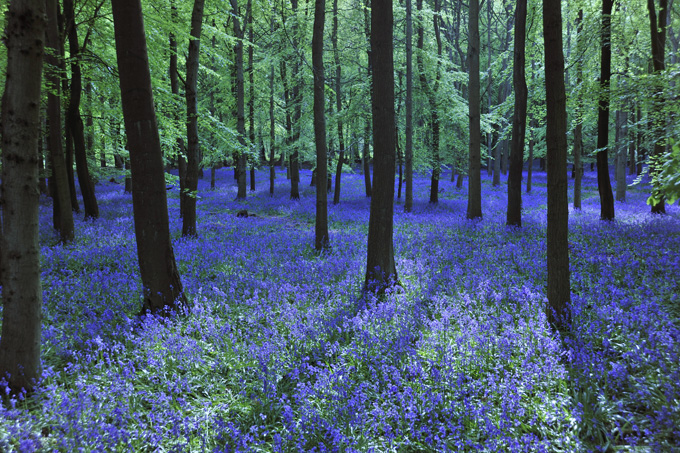
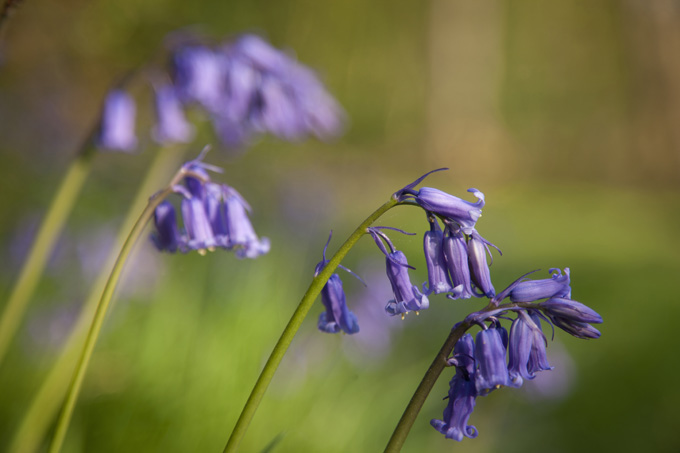
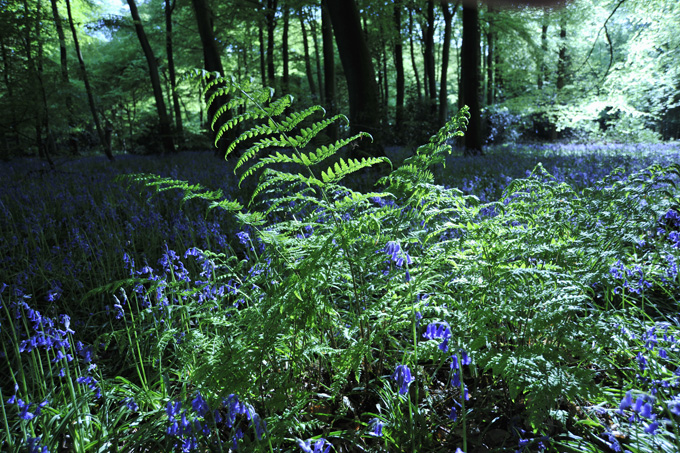
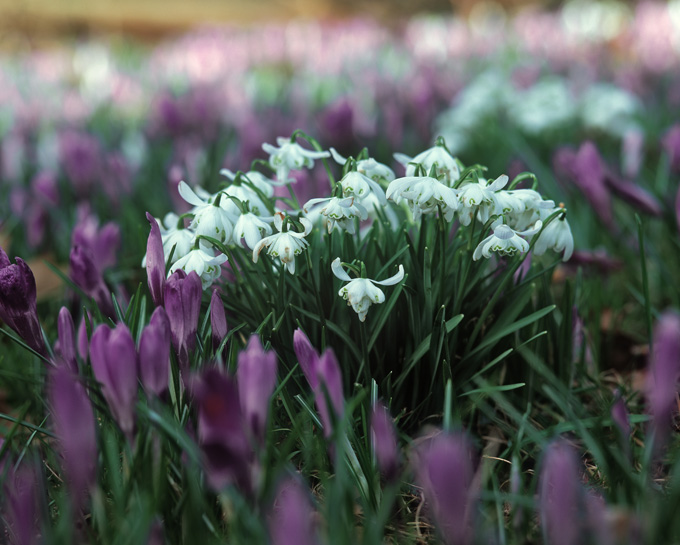
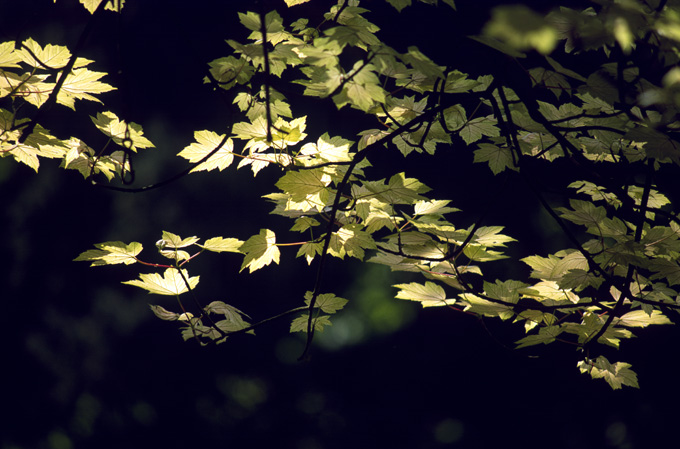
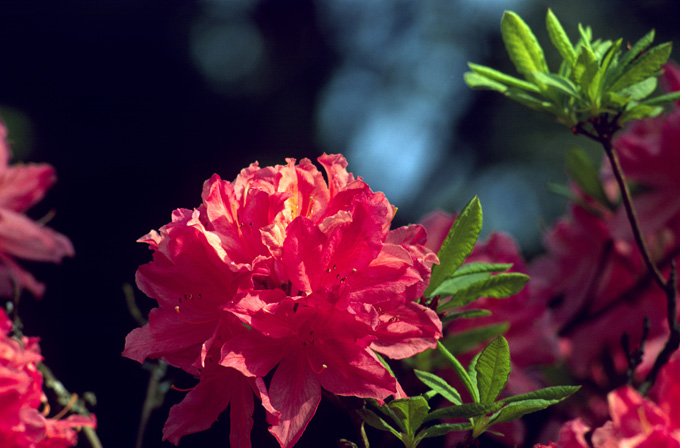
The post Flowers are springing up all over Britain appeared first on Britain Magazine | The official magazine of Visit Britain | Best of British History, Royal Family,Travel and Culture.
Britain Magazine | The official magazine of Visit Britain | Best of British History, Royal Family,Travel and Culture https://www.britain-magazine.com/features/photos-of-the-week-spring-time/
What ‘Walden’ Can Tell Us About Social Distancing and Life’s Essentials
Thoreau’s ability to shape his external reality by how he thought about the natural world is a terrific lesson for us all in this age of self-isolation. Adventure Journal https://www.adventure-journal.com/2020/03/what-walden-can-tell-us-about-social-distancing-and-focusing-on-lifes-essentials/